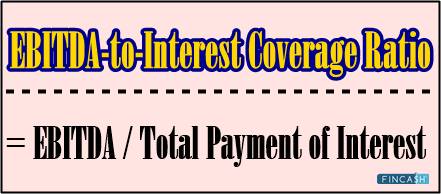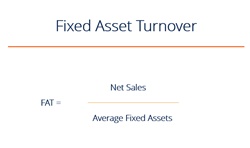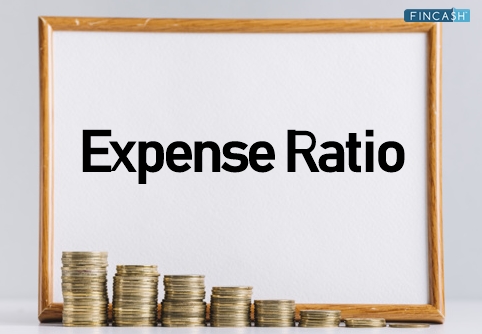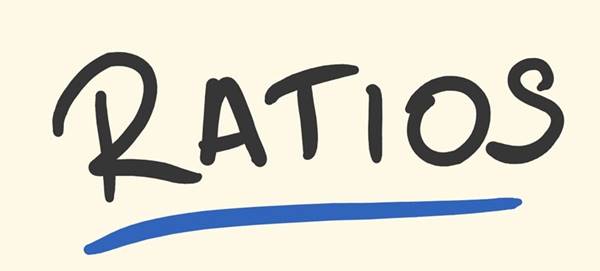What is Fixed-Charge Coverage Ratio?
The fixed charge coverage ratio measures a company's capacity to meet outstanding fixed costs before paying interest and Taxes.

After the operational profit, these charges will be recorded in the Income statement.
Fixed-Charge Coverage Ratio Formula
The fixed charge coverage ratio plays an important role while applying for a company loan. It's also useful knowledge to have when assessing the health of your company as a whole. The formula is as follows:
Fixed charge coverage ratio = Earnings Before Interest and Tax (EBIT) + fixed charge before tax / Fixed charges before taxes + interest
Terms Related to Ratio
To understand the concept of ratio, here are the definitions of key terms related to it - EBIT, Fixed charge and Interest.
EBIT
The operating income, Operating Earnings, or operating property is also known as EBIT. It is determined by deducting the cost of goods sold (COGS) and operational expenditures from total yearly revenue. Wages, compensation, the cost of research and development are included in the operational expenditures. EBIT refers to the net income before taxes and interest are subtracted.
Fixed Charge Before Tax
Fixed costs are assessed on a yearly Basis and might include a variety of recurring expenses such as loan payments, Lease payments, insurance premiums, and employee compensation. The majority of what a company accounts for in fixed costs can be deducted as business expenditures.
Interest
It is determined by multiplying the total outstanding debt by the debt's interest rate. Your profit and loss statement should also include it.
Talk to our investment specialist
Fixed-Charge Coverage Ratio Example
The EBIT of ABC Ltd. during the previous Fiscal Year was Rs. 420,000. Before taxes, the firm incurred Rs. 38,000 in interest expenditure and Rs. 56,000 in other fixed charges.
Fixed charge coverage ratio = (Rs. 420,000+Rs. 56,000)/ (Rs. 56,000+Rs. 38,000) = 5:1
Fixed-Charge Coverage Ratio Interpretation
It is used to assess a firm's capacity to meet its fixed obligations. This ratio is known as a solvency ratio because it demonstrates a company's capacity to meet its continuing financial commitments on time. A firm is in significant financial trouble if it is unable to pay its recurrent monthly or annual financial obligations. It seems unlikely that the firm will be able to stay financially viable for long unless the problem is resolved promptly, efficiently, and safely.
As a result, the greater the fixed-charge coverage ratio number, the better, as it shows a firm that is financially stable, with sufficient revenues and cash flows to satisfy its monthly payment commitments. Lenders and Market analysts frequently use it to determine if a company's cash flows are sufficient to meet the company's recurrent debt commitments and normal operational costs.
Fixed-Charge Coverage Ratio Vs. Debt-Service Coverage Ratio
The major difference between a fixed charge coverage ratio and a debt service coverage ratio is whether they are calculated to determine a company's capacity to settle fixed charges or to determine the finances available to satisfy debt obligations. Both of these ratios serve as indicators of the company's financial level and so can be considered critical ratios. Here is the key difference enlisted for better understanding.
| Basis | Fixed-Charge Coverage Ratio | Debt-Service Coverage Ratio |
|---|---|---|
| Meaning | The fixed charge coverage ratio measures a company's capacity to pay off outstanding fixed charges. | The amount of cash available to satisfy the company's debt commitments is measured by the debt service coverage ratio. |
| Profit use | It uses Earnings Before Interest and taxes are deducted | It uses net operating income |
| Ideal ratio | 1.5:1 | No such ideal ratio |
| Formula | Earnings Before Interest and Tax (EBIT) + fixed charge before tax / Fixed charges before taxes + interest | Net operating income/ Total debt |
All efforts have been made to ensure the information provided here is accurate. However, no guarantees are made regarding correctness of data. Please verify with scheme information document before making any investment.












